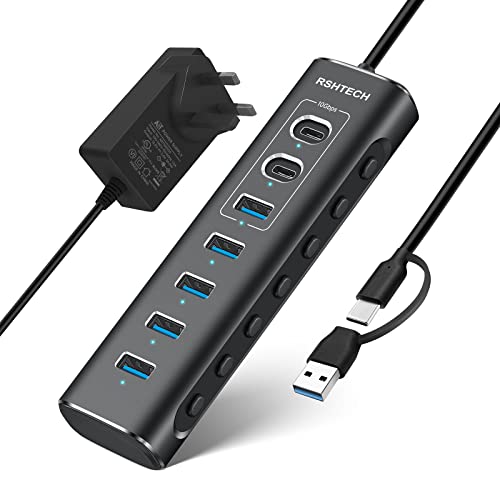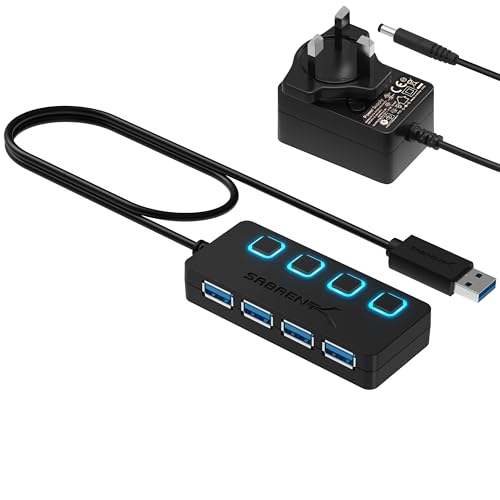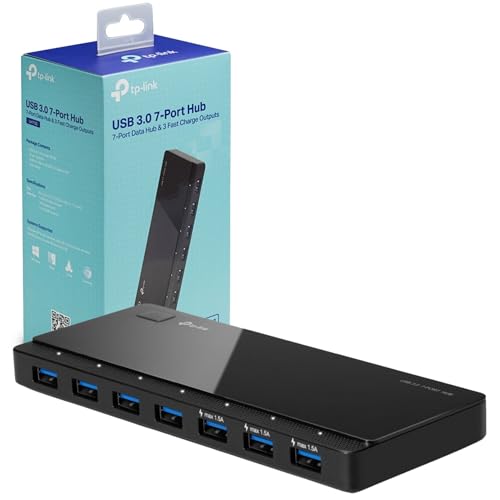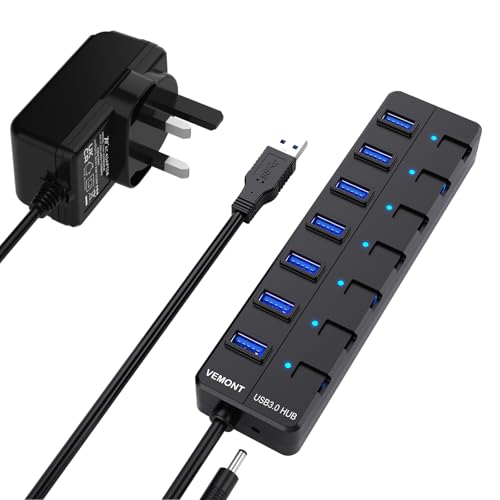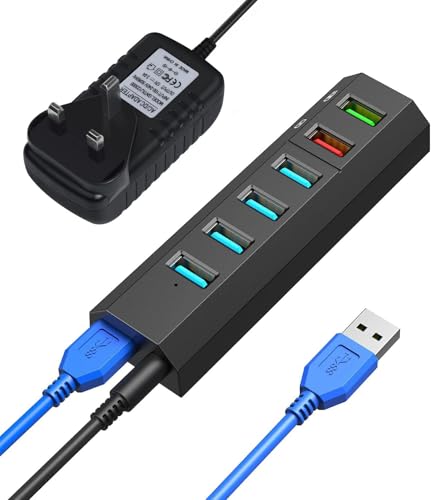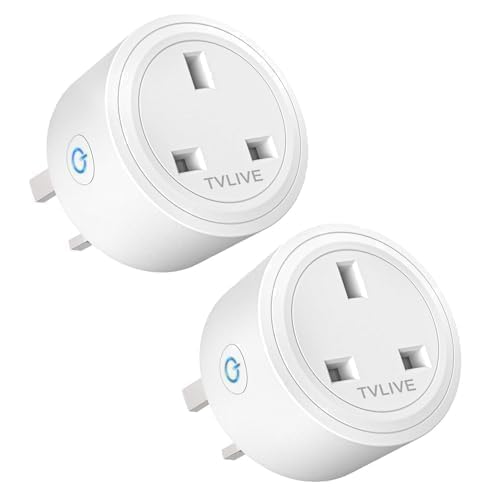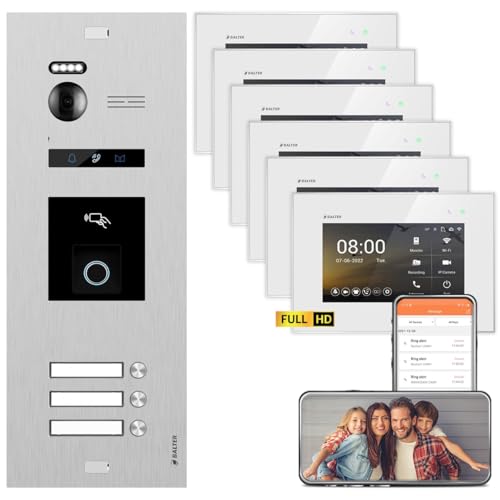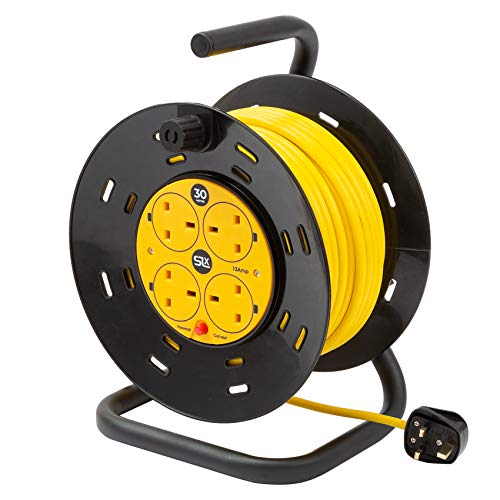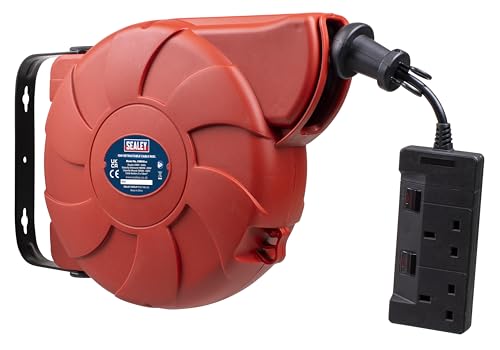Understanding Powered USB Hubs: What They Are and How They Benefit You
What Is a Powered USB Hub?
A powered USB hub is a device that allows you to connect multiple USB devices to a single USB port on your computer while also providing additional power to those devices. This is particularly beneficial for devices that require more power than what a standard USB port can supply. For example, if you need to connect an external hard drive, a printer, and multiple peripherals, a powered USB hub ensures that all these devices receive adequate power and operate efficiently.
Benefits of Using a Powered USB Hub
Using a powered USB hub can greatly enhance your productivity and device functionality. If you often find yourself struggling to find enough ports on your computer or dealing with devices that aren’t working properly due to insufficient power, a powered USB hub can solve these problems. Imagine enjoying seamless operation of your multiple devices, all plugged into one hub that keeps everything charged and ready for use. It also helps in decluttering your workspace and makes connecting and disconnecting devices much simpler.
Key Features to Look for in a Powered USB Hub: A Simple Breakdown
Power Output
One of the main features to consider when selecting a powered USB hub is its power output. A hub with multiple USB ports should ideally offer enough power for each port to function efficiently. Look for hubs that provide at least 2.1A per port, which is generally sufficient for most devices. If you’re using high-power devices, consider hubs that offer even more.
Number of Ports
The number of ports available is crucial. Depending on how many devices you need to connect, you may require a hub with anywhere from four to ten or more ports. Think about your current needs and any potential future needs. If you plan on expanding your device collection, opt for a hub with extra ports.
Data Transfer Speeds
Data transfer speeds are vital, especially if you are transferring large files or working with high-speed devices like SSDs. Look for USB hubs that support USB 3.0 or higher, as they offer significantly faster speeds compared to USB 2.0. This ensures that your data transfers will be quick and efficient.
Design and Port Placement
Consider the design of the hub in terms of its size and the placement of the ports. A compact design is ideal for smaller workspaces, while easy access to ports will allow you to connect and disconnect devices without hassle. If desk space is limited, a vertical design might work best.
How to Choose the Right Powered USB Hub for Your Devices: Our Top Tips
Assess Your Needs
Start by assessing your current setup—take note of how many devices you need to connect and what types they are. If you primarily work with power-hungry devices like printers and external drives, ensure your chosen hub can meet those power requirements.
Research Before Buying
Take some time to look at customer reviews and product comparisons. This will give you insight into performance, reliability, and user satisfaction. It’s beneficial to read about the experiences of others with the specific models you’re considering.
Consider Brand Reputation
Choosing a powered USB hub from a reputable brand can also improve your experience. Established brands typically offer better customer service and warranty options, which can prove invaluable if something goes wrong.
Top Brands of Powered USB Hubs: Which Ones We Recommend and Why
Anker
Anker is widely known for its reliability and performance. Their powered USB hubs are well-constructed, offer great power output, and have solid customer feedback. They often integrate smart charging technology as well, which optimises power delivery.
Sabrent
Sabrent is another excellent choice, offering a variety of hubs tailored for different needs, like portable and desktop versions. Their products stand out for their data transfer speeds and affordability.
Bavado
Bavado provides stylishly designed hubs that don’t compromise functionality. They offer models with a range of features, including both fast charging and data transfer capabilities, making them suitable for both work and play.
Common Uses for Powered USB Hubs: Scenarios That Make Them Essential
Home Office Setup
In a home office setting, a powered USB hub can be a lifesaver. If you work with multiple devices like a keyboard, mouse, external hard drive, and a printer, using a powered USB hub ensures all of them remain connected and powered without multiple wall adapters cluttering your space.
Gaming Consoles
For gaming setups, a powered USB hub can connect various controllers, VR headsets, and external storage. This not only enhances your gaming experience by keeping everything charged but also allows for rapid switching between devices.
Photography and Videography
If you’re into photography or videography and use multiple devices like cameras, lights, and external storage, a powered USB hub is essential. It lets you efficiently manage and power all your gear, ensuring you’re always ready for your next shoot.


